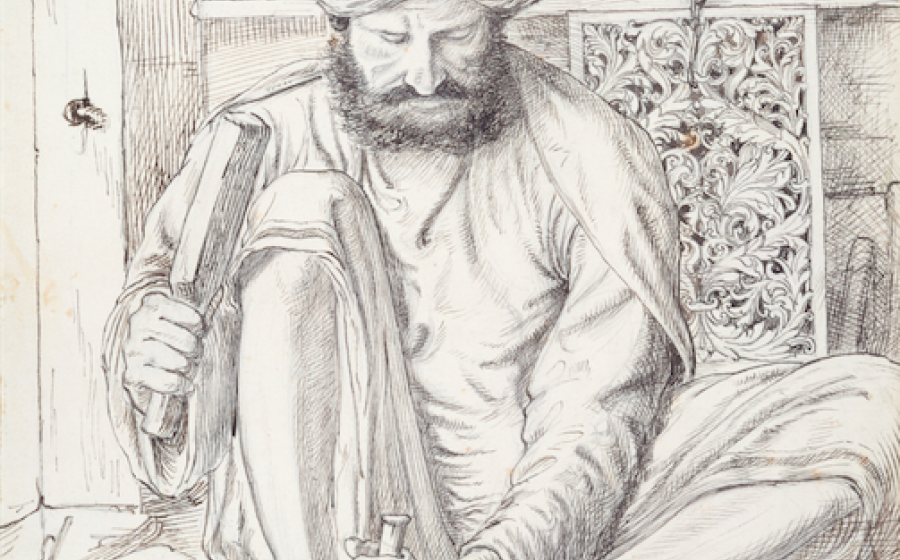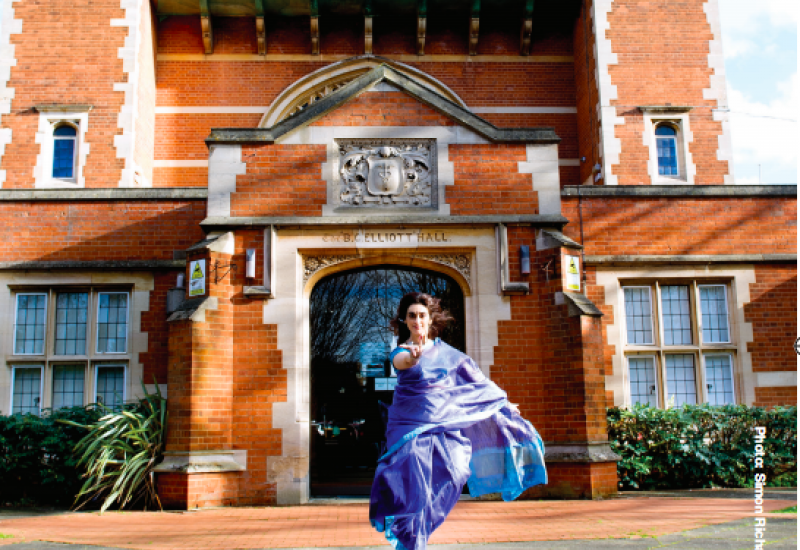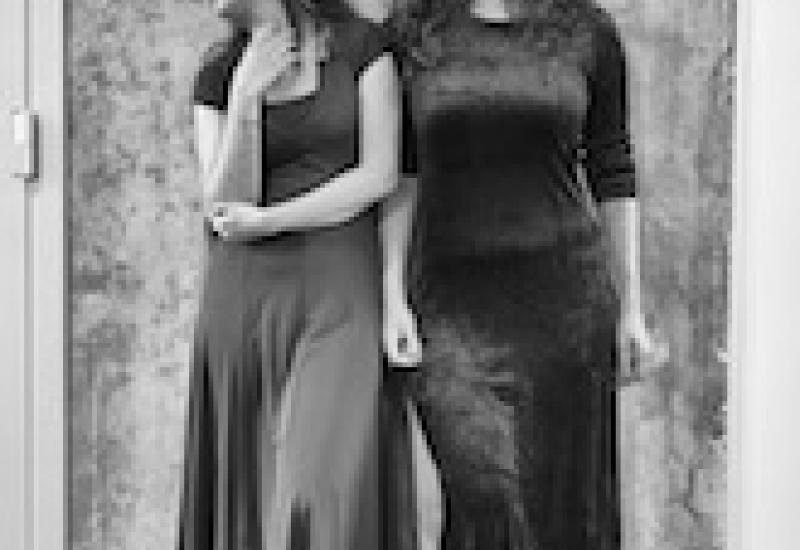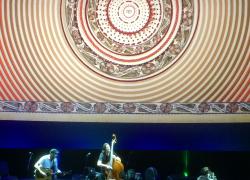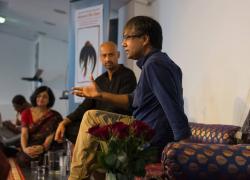Lockwood Kipling: Arts & Crafts in the Punjab and London
Victoria & Albert Museum, London, Free, Until 2 April 2017 – Reviewed by Emma Murphy
A pioneer of vast and varied talents, John Lockwood Kipling (1837‒1911) was a zealous and fervent supporter of crafts and art in India. The British-born teacher, curator, artist and craftsman spent most of his professional life in Lahore and Bombay, working in museums, art schools and mining India’s deep well of traditional crafts.
Lockwood Kipling: Arts and Crafts in the Punjab and London, on display at the Victoria & Albert Museum, London until 2 April 2017, sets out to acknowledge and debate Kipling’s somewhat complex legacy, both in India and the United Kingdom.
Kipling’s writer son Rudyard Kipling – of The Jungle Book fame – has often overshadowed Lockwood’s place in history but this exhibition endeavours to reinstate the father’s influential hand as a maker, collector and teacher of Indian arts.
Working chronologically through Kipling’s career, the exhibition opens with items first shown at the Great Exhibition of 1851 in London’s Hyde Park. This first world fair showcasing manufactured goods from around the world had a huge impact on a teenage Kipling and inspired a love of Indian craft that he held for the rest of his life.
Hung in a slightly overwhelming salon style, decadent rugs adorn the walls, while pottery made by a young Kipling and examples of Indian crafts sit behind vast vitrines. Before his move to India, Kipling himself worked at the Victoria & Albert Museum (then known as the South Kensington Museum) as a designer of the original terracotta tiles that are still intact today. Many of the objects he collected throughout his life were donated to the V&A and can be seen both throughout this exhibition and the museum’s extensive collections.
Lockwood Kipling did much to bring Indian crafts to international audiences and to this day is revered in Lahore as a hero and pioneer. For the 1888 Glasgow International Exhibition, for example, Kipling was allocated 5,000 rupees to spend on Punjabi crafts. We see exquisite examples that he chose, such as a writing box made in Chiniot Punjab (now Pakistan) from about 1881‒82 (probably made by Muhammad Bakhsh) and a lacquered box from Muzaffarnagar, India, from about 1888.
Kipling’s talents as a draughtsman are evident in his small, intimate sketches of traditional Indian craftsmen and women. In order for the British to promote international commerce in the early 1870s the government of India commissioned Lockwood to document these craftspeople at work. Each worker looks stern in concentration as they diligently create their products. The fruits of their labour – including sumptuous fabrics and jewellery – are exhibited here alongside Kipling’s drawings.
A nod to the problematic relationship between Britain and an occupied India is alluded to with the presence of rugs known as ‘Jail Carpets’. These beautifully-crafted objects were made, as the name suggests, in jails throughout India and sold off by the empire for vast profits.
The V&A does seem acutely aware of the potentially problematic relationship between Britain’s imperial past and restaging it today. Indeed, in the introduction to the extensive catalogue, it acknowledges “…some critics have seen Kipling […] as one of a group of campaigners who promote a nostalgic vision of the subcontinent as a pre-industrialized, pre-urbanized nation of tradition-bound villages, locally ruled and thus harmless, vulnerable and in need of ‘rescue’ by Britain’s imperial power.” Lockwood Kipling: Arts and Crafts in the Punjab and London, however, aims to move past these sentiments provoked by Britain’s imperial past into a fact-based analysis of Kipling’s vast and varied legacy, both in the Punjab and London. This exhibition is a thoughtful excavation of Kipling’s influence that has until now, in the United Kingdom at least, been lost to the depths of history.
The exhibition is free and runs until Sunday 2 April 2017 | Details here


